Turning Potential into Performance: Gen AI’s Impact on Hiring Decisions
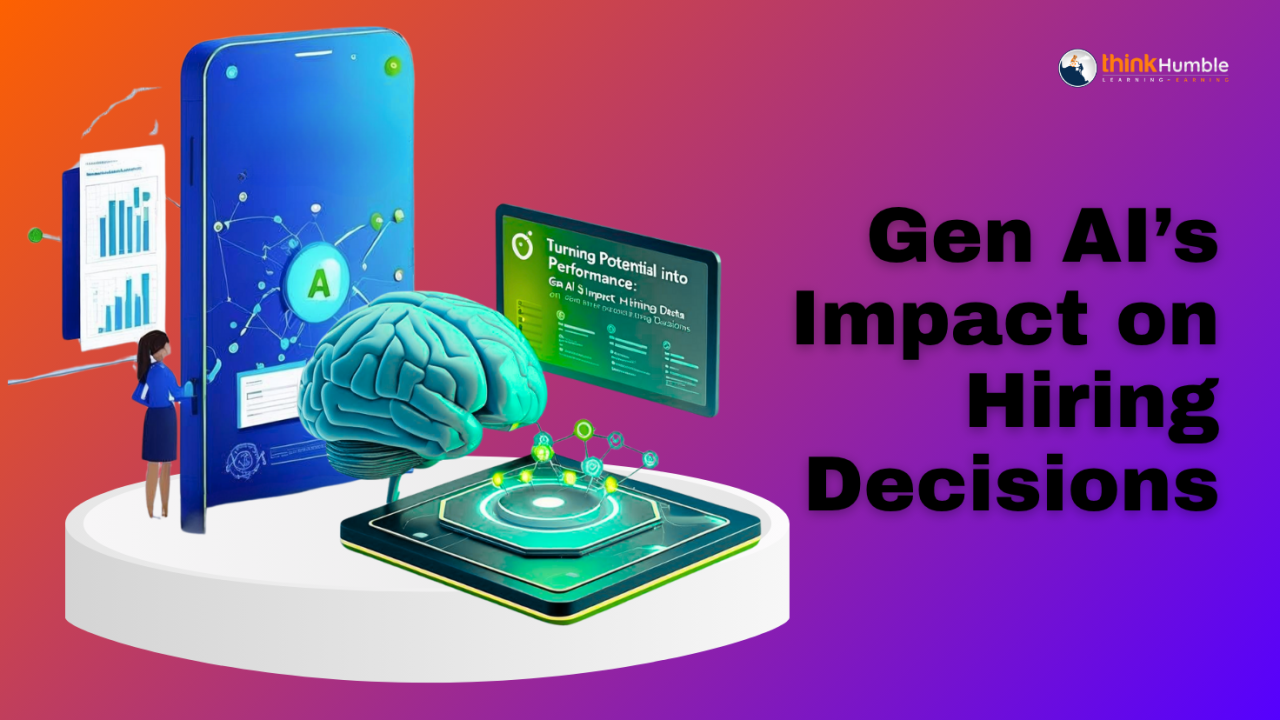
In today’s hiring landscape, volume is not the problem—precision is.
Despite robust talent pipelines, many organizations still rely on outdated proxies like resumes, job titles, and interview fluency to assess external candidates. But these signals often fail to predict how someone will actually perform in the role.
With Generative AI, that’s changing.
Organizations are now simulating real-world role conditions—evaluating how candidates think, prioritize, and adapt under pressure. The result: smarter hiring decisions, shorter ramp-up cycles, and stronger alignment from day one.
The Limitations of Traditional Hiring
Conventional hiring methods emphasize what candidates have done in the past. But high-performing environments today demand contextual agility, not just technical background.
Common limitations include:
- Over-reliance on resumes that reflect pedigree, not performance
- Interviews that reward polish, not problem-solving
- Panel assessments that lack role-specific stressors
- Bias-prone decision-making, rooted in familiarity or likeability
These gaps result in performance mismatches that are costly—not only in attrition, but in lost momentum and team disruption.
What Gen AI Enables
With Gen AI, organizations can move from assumption to evidence—designing role-relevant, behavioral simulations that measure how candidates perform under real-world complexity.
Instead of asking: “Tell us about a time when…”
They ask: “Here’s the scenario. How do you respond?”
This shift uncovers qualities that matter most in today’s business climate:
- Strategic judgment under uncertainty
- Communication under pressure
- Prioritization when trade-offs are non-obvious
- Adaptability to changing conditions
Case Studies in Precision Hiring
Global Fintech Platform To hire a new product lead, the company used Gen AI to simulate a regulatory change affecting their go-to-market roadmap.
Result: A mid-market candidate with limited enterprise experience outperformed others on strategic clarity, team alignment, and time-sensitive execution.
B2B SaaS Company (US) For customer success hiring, the organization replaced live role-plays with Gen AI-powered client escalations and ambiguity-rich scenarios.
Result: Time-to-ramp decreased by 42%; early churn among new hires dropped by 35%.
European Management Consultancy To scale transformation teams, the firm tested external candidates with simulations involving executive pushback, cross-functional misalignment, and vague mandates.
Insight: Two of the top three hires came from outside traditional consulting backgrounds—but demonstrated superior stakeholder management and clarity under pressure.

The Strategic Impact
Organizations adopting Gen AI in their hiring workflows are reporting measurable gains:
- 30–45% reduction in mis-hires
- Time-to-hire down by 25–35%
- Ramp-up duration cut significantly
- 2–3x increase in diversity among successful hires
- Greater visibility into high-potential, non-traditional candidates
Gen AI ensures every shortlist is grounded in readiness, not résumé keywords.

Why This Matters
Modern roles demand more than domain knowledge. They require adaptability, decision quality, and the ability to lead in uncertain conditions.
Gen AI enables organizations to:
- Simulate real-world challenges before assigning real-world responsibility
- Validate capability, not just confidence
- Diversify the pipeline with non-obvious but high-performing candidates
- Make hiring decisions rooted in performance, not perception
Closing Thought: Proof Over Promise
Talent is everywhere—but identifying true readiness requires more than intuition.
With platforms like ThinkHumble, companies can scale skill-first hiring workflows—transforming candidate evaluation into a performance preview, not a leap of faith.
Learn more at ThinkHumble.in
What to read next
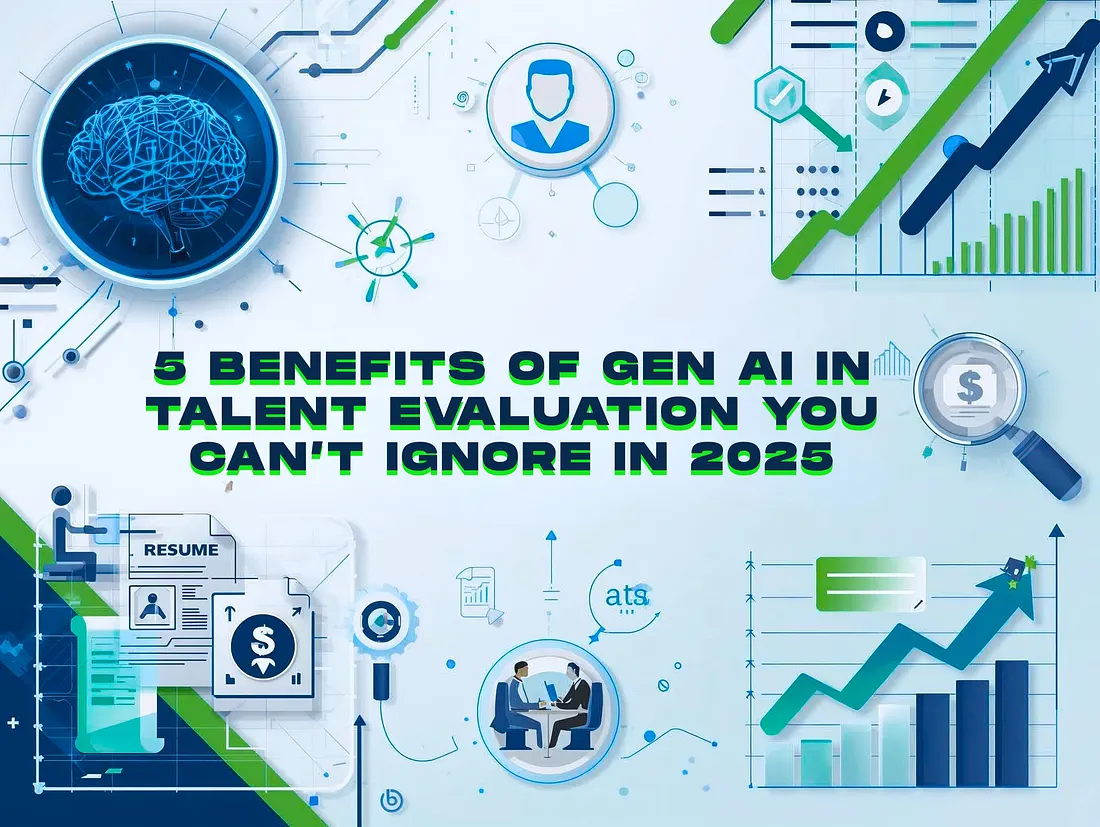




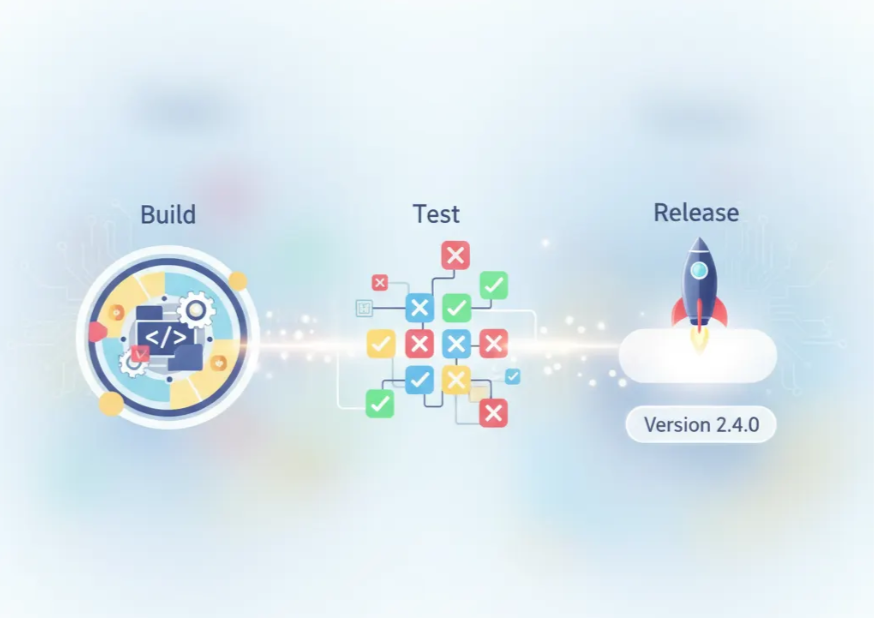
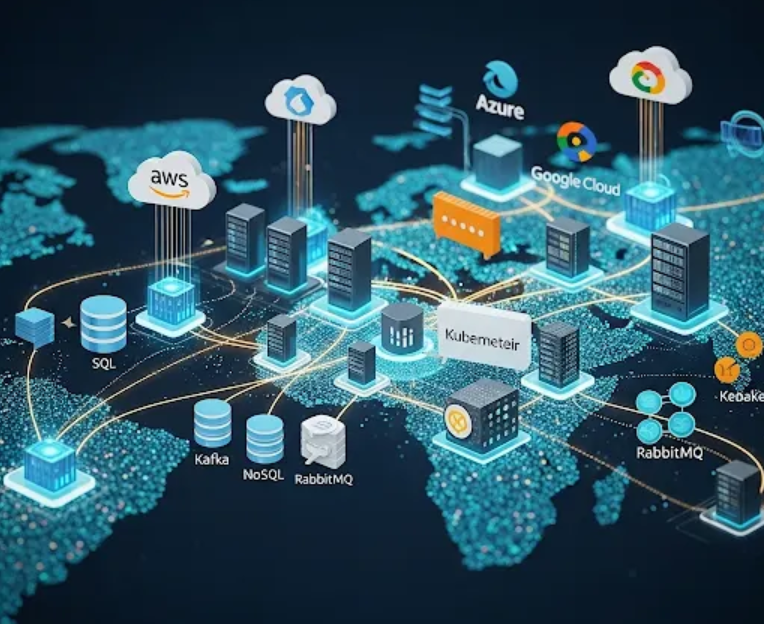

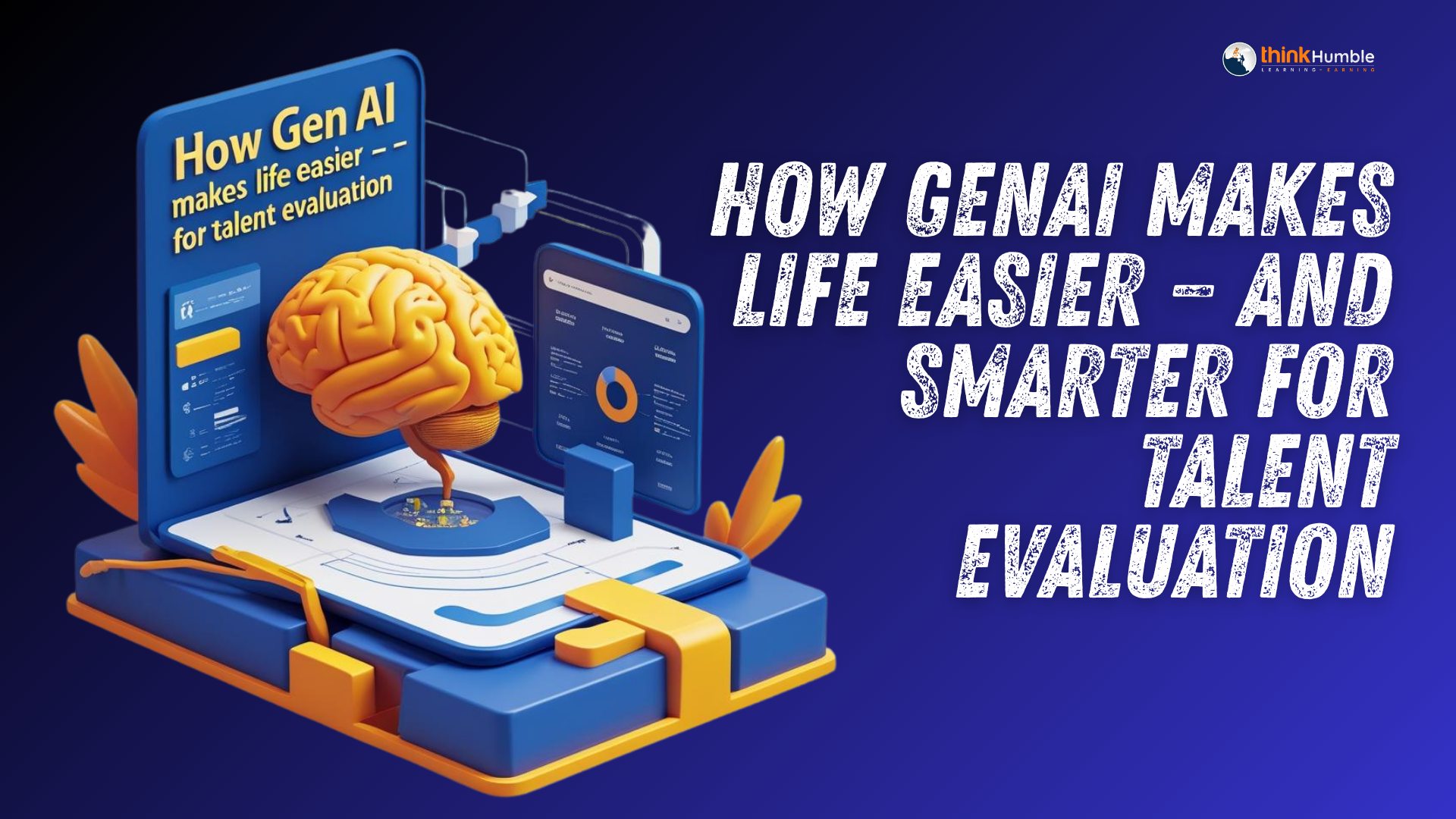
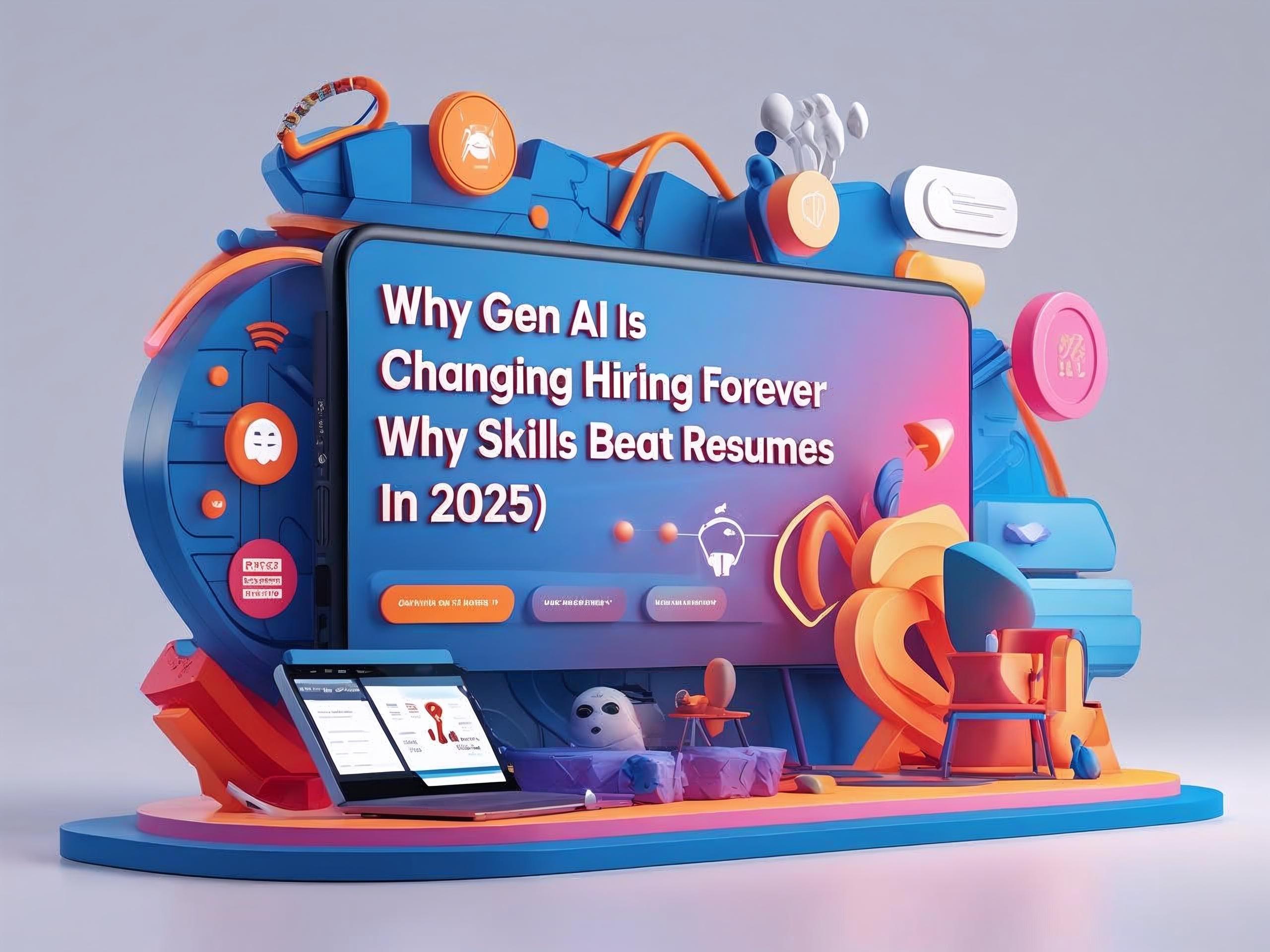

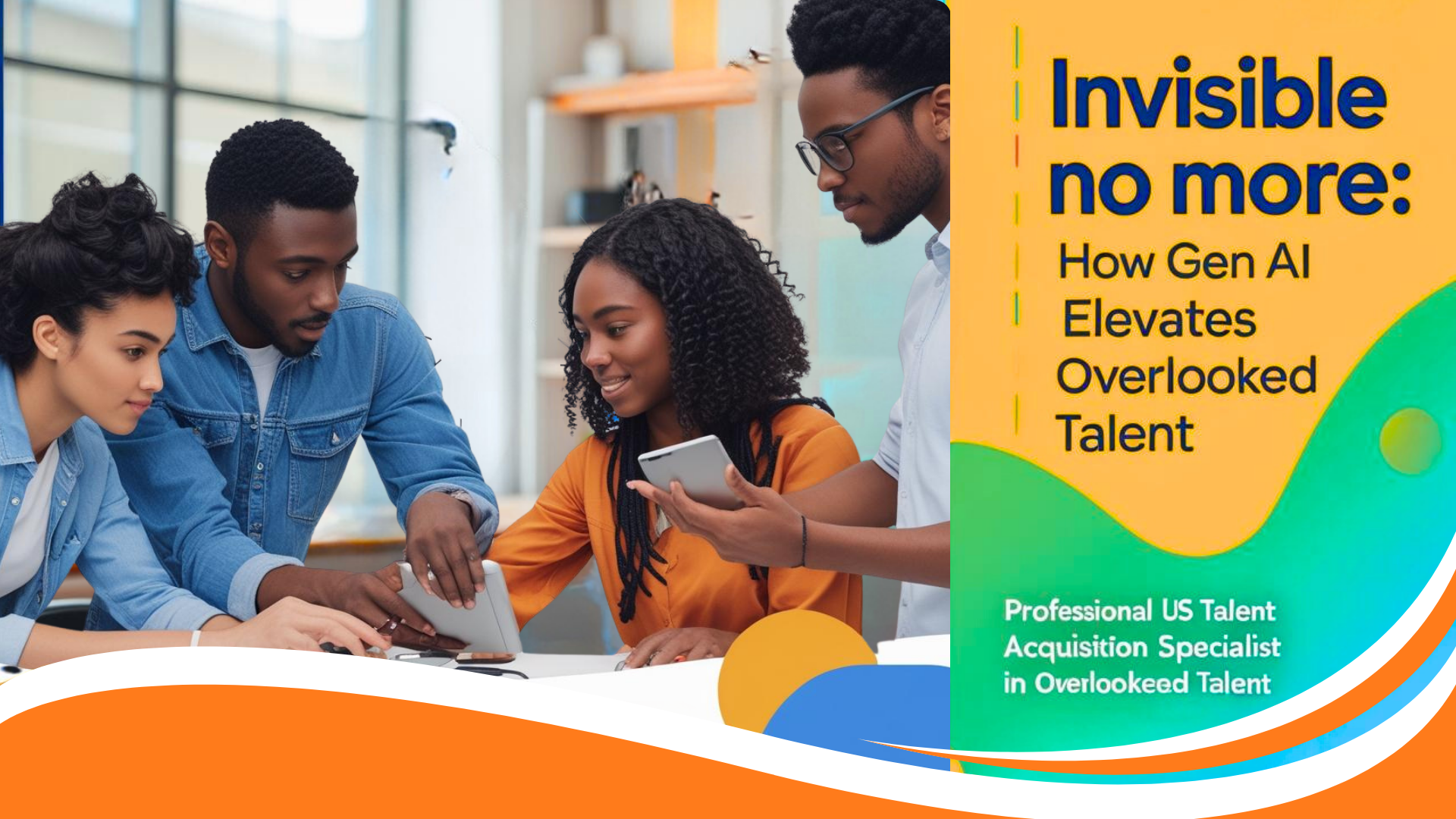
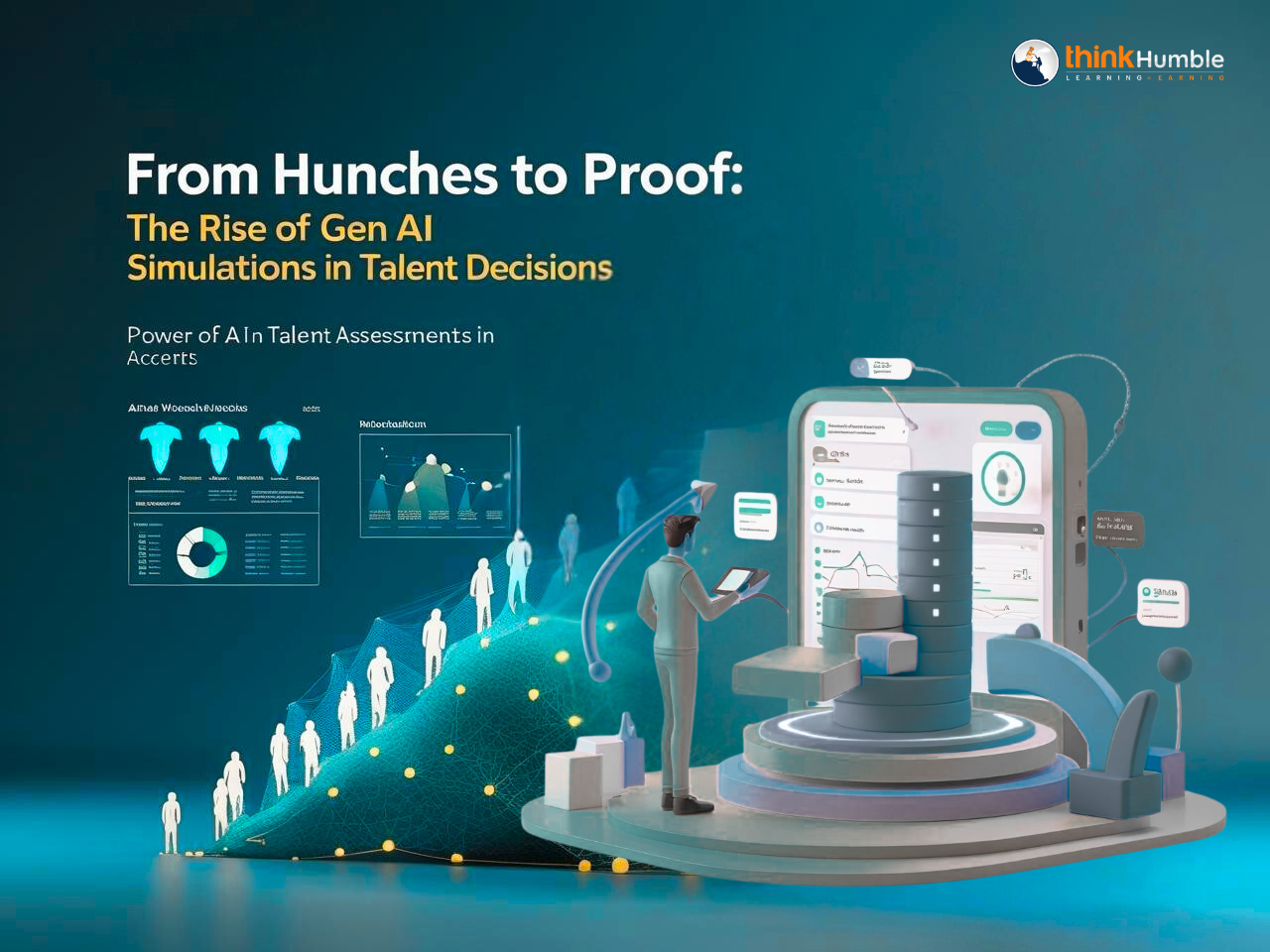
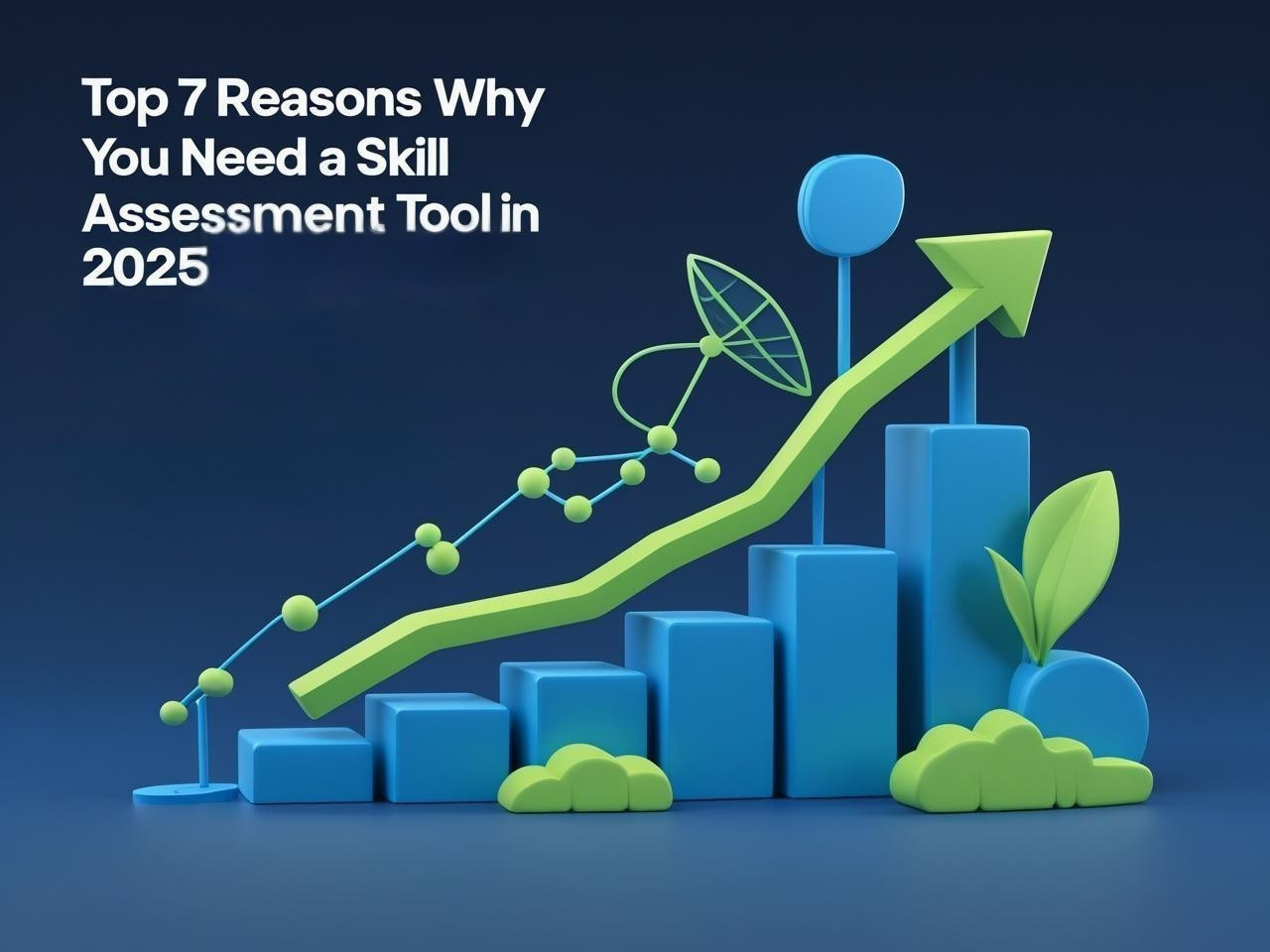
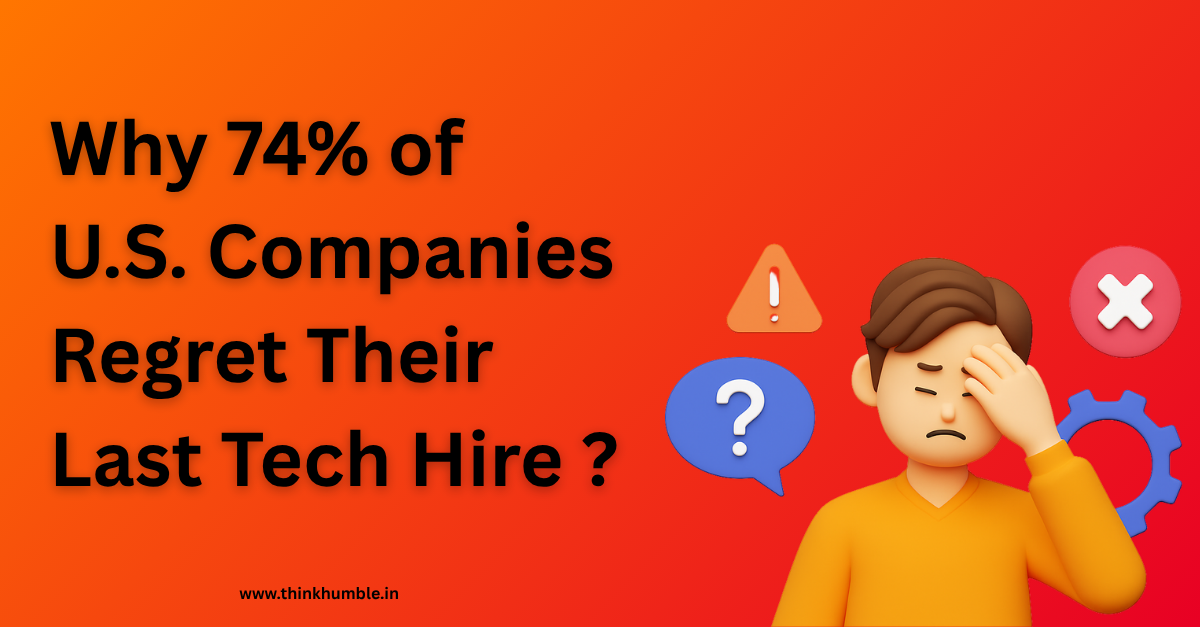
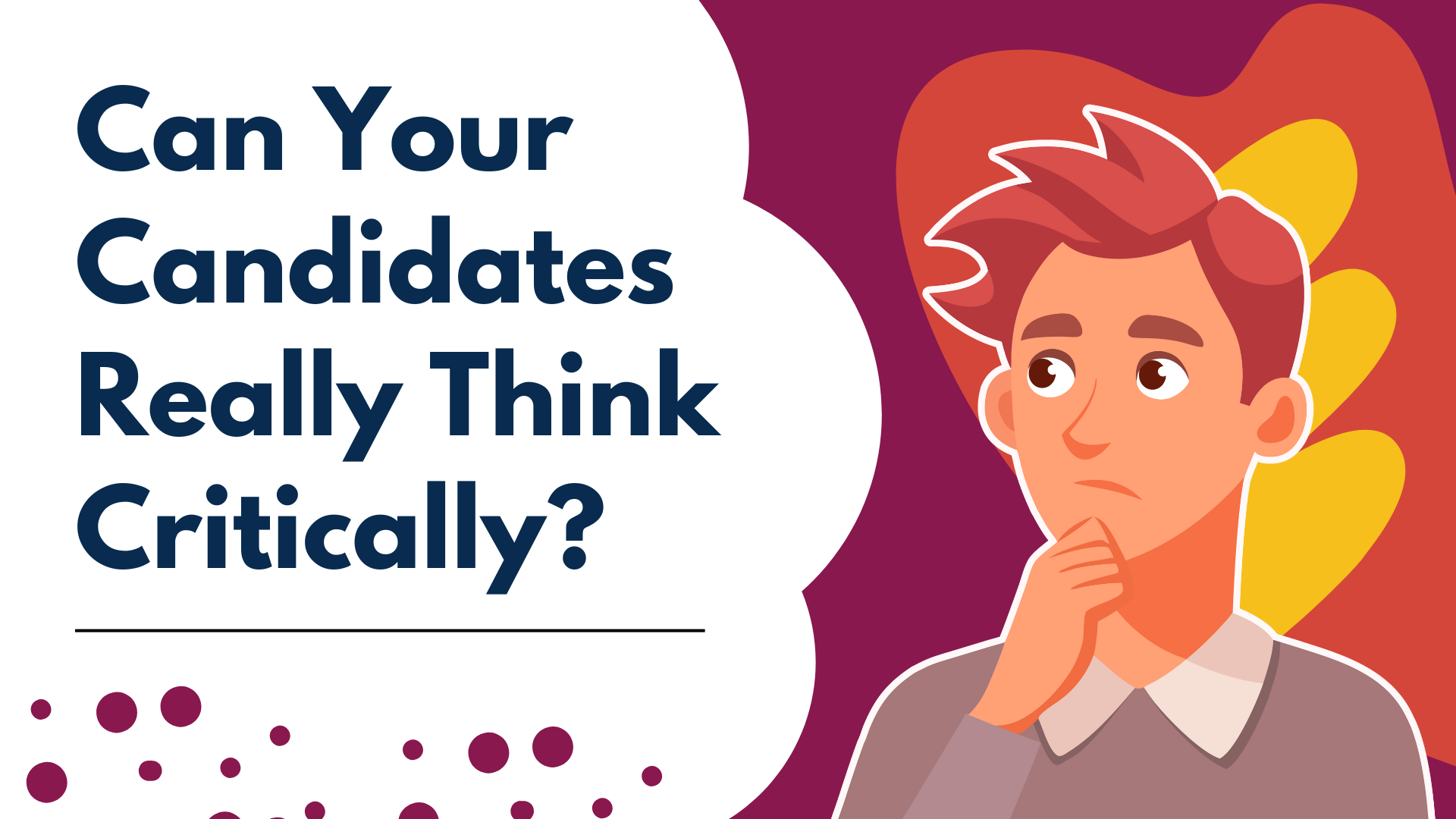
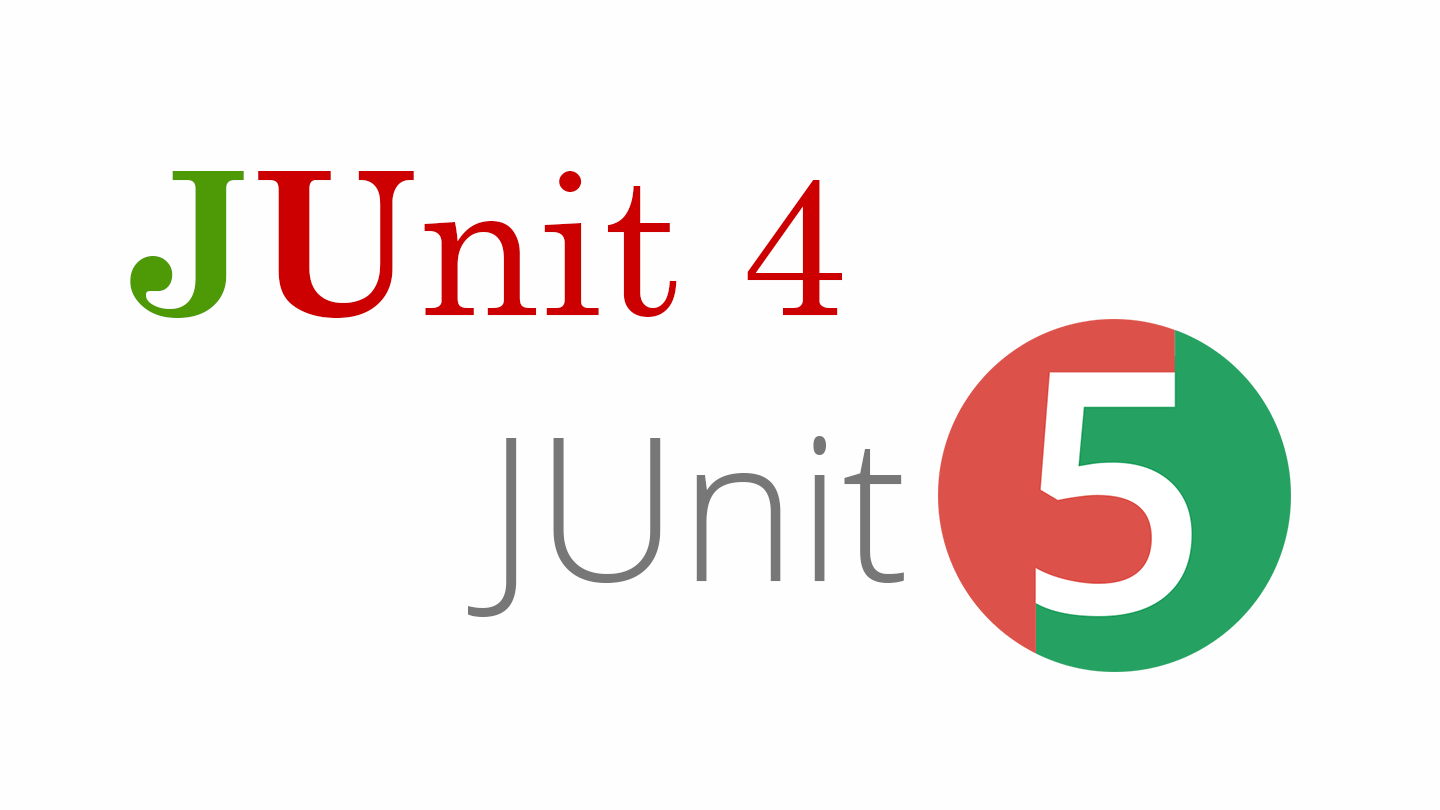
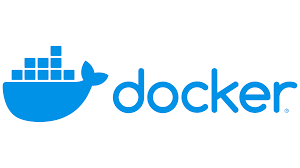
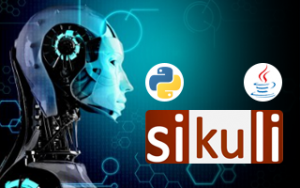
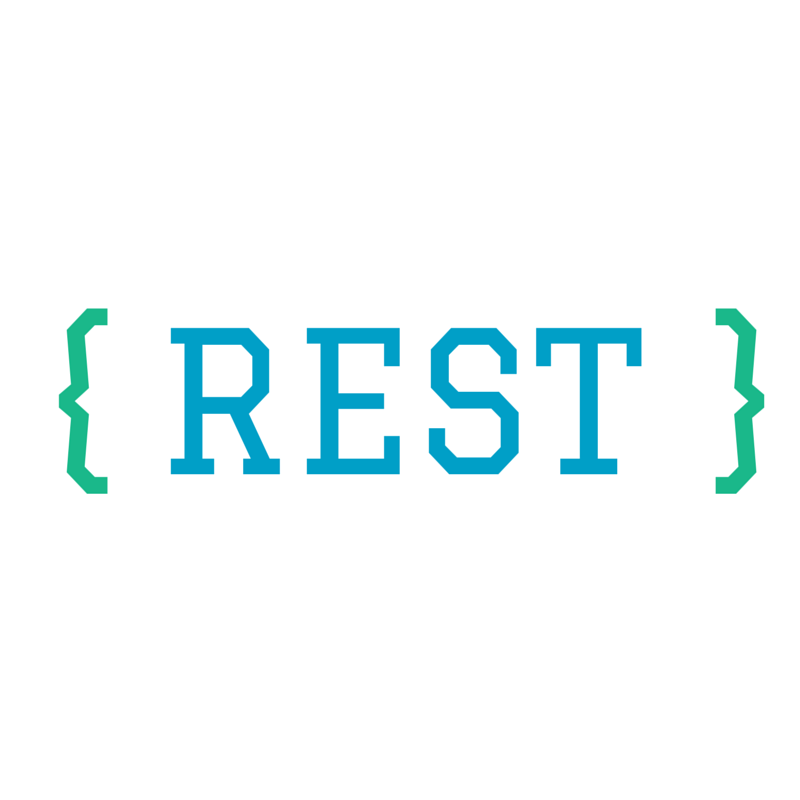
5 Benefits of GenAI in Talent Evaluation You Can’t Ignore in 2025